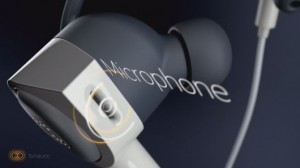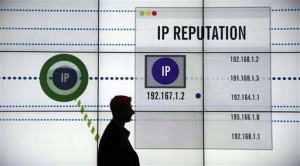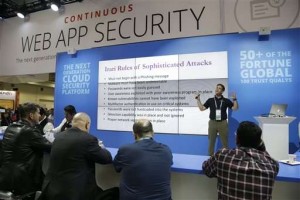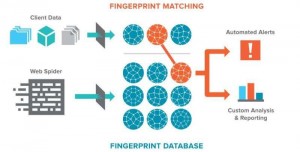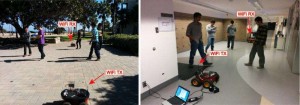OpenEars headphones designed to bring binaural sound recording to the mainstream
OpenEars Bluetooth headphones promise quick and easy binaural recording
Binaural recordings use two microphones to capture sound in the same way it is captured by human ears. The spatial depth of the resulting 3D sound is often impressive, but it can only be fully appreciated when wearing headphones and the recording process tends to be reserved for professionals as it usually involves a dummy head with a microphone placed in each ear. A German company called Binauric is looking to bring binaural recording to a wider audience with its OpenEars Bluetooth in-ear headphones that feature a microphone in each earpiece.
- Binaural recordings are different to regular stereo recordings for a number of reasons. The sound perceived by the ear/microphone closer to the sound source arrives earlier (inter-aural time difference or ITD) and is louder (inter-aural level difference or ILD) than that further away from the sound source. Additionally, the sound arriving at the furthermost ear will be slightly modified as a result of traveling around the head and being reflected off surfaces around the head (masking and head-related transfer functions or HRTFs).Since, binaural recordings don’t offer much of an advantage for studio recordings since studios aren’t that interesting spatially, the technology never really took off for musical artists. However, its ability to provide the acoustic impression of another space makes it more applicable to recordings in the outdoors or locations with interesting acoustic spatial qualities, such as concert halls. It is these markets Binauric is targeting with its OpenEars headphones that are the subject of a crowdfunding campaign.
In addition to the 25 Hz to 22 kHz in-ear speakers, the headphones feature MEMs condenser microphones with a frequency range of 18 Hz to 23 kHz. The wireless units feature an inline volume control connect to iOS or Android devices via Bluetooth and boast a play and record time of 6 hours on a single charge. They can be fully recharged in under an hour, with a 15 minute fast charge providing 1.5 hours of playback time. The headphones are also designed to be water repellent and dust- and sweat-proof.
One group of prolific video content creators whose work Binauric believes could benefit from binaural recordings are GoPro aficionados. To this end, the company has developed OpenMics, a pair of optional standalone microphones that can be attached to a helmet (or drone) and wirelessly relay the sound to a connected GoPro via 2.4 GHz radio frequency.
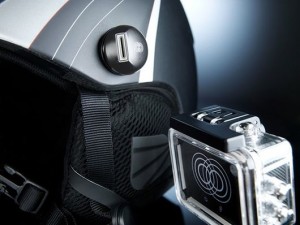
- OpenEars can of course be used as regular Bluetooth headphones for listening to music or for hands-free calls. Thanks to the “Hear Through” functionality users are able to listen to music and their surroundings at the same time and customize how much ambient sound they want to hear, which is a big plus for safety-conscious cyclists and pedestrians.However, you don’t have to be a skater or a bungee jumper to use OpenEars. Binauric wants users to record binaural sound with every video or photo they take and start using spatial sounds to help someone viewing the material feel like they were there with you. The headphones could also appeal to ASMR devotees, many of which have already embraced the technology.
The companion app for iOS and Android lets users share recordings via Dropbox, email or SoundCloud, or stream them in real time.
Binauric has taken to Kickstarter to raise funds to get the OpenEars headphones into production. If all goes well, the company expects the headphones to retail for €199 (US$222), but early bird backers can stake a claim for a pair at €119 (US$133). Delivery is estimated for November, but the team is still some way off the €125,000 goal with just over two weeks left to run.
You can check out a binaural recording of some New York City sightseeing below, but just be sure to use headphones to get the effect.
References:http://www.gizmag.com/

